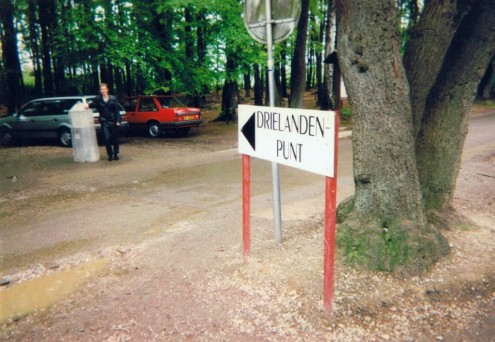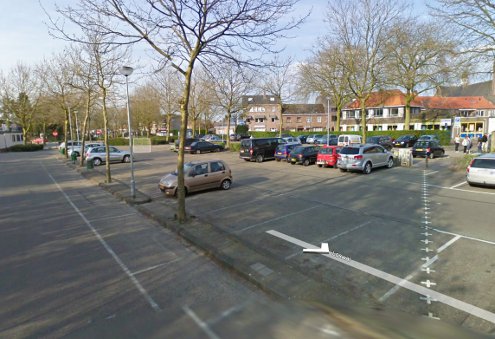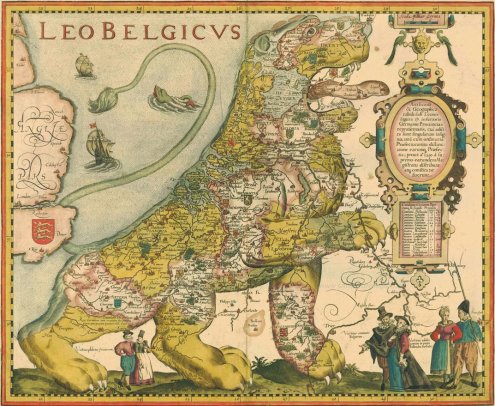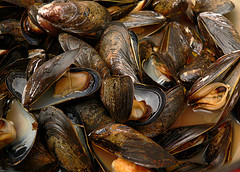
Since Belgian products are often associated with a certain culinary image, Dutch shellfish company Roem from Yerseke, Zealand has introduced a label called “Belgian Quality” onto the Dutch market. Basically, this means the mussels contain big ‘fish mass’, as that’s what I imagine Belgian restaurants like to serve to their customers and is what I remember eating there.
Roem, the biggest mussel supplier in Europe, of which about 70% of their product is sold in Belgium, is sure that just like Belgian beer and pralines, the Dutch will buy Dutch mussels with a Belgian Quality label. However, there’s nothing Belgian about the mussels at all — it’s a Dutch product that’s been given an image upgrade.
When the Dutch go on about ‘Hollandse producten’ (roughly more traditional Dutch products), it has more of a comfort food factor, like ‘hagelslag’ (sprinkles), ‘drop’ (liquorice sweets) and cheese, rather than a fancy quality to it. When Dutch food companies use the word ‘luxe’ (fancy), it’s maybe fancy for the Dutch, but not at all for foreigners. Pre-cooked bread package with 3 different kinds of seeds on top for about 2 euro a bag is not much of a luxury, but it is the way certain foods are sold to the Dutch.
(Link: www.knack.be, Photo of Mussels by HarlanH, some rights reserved)

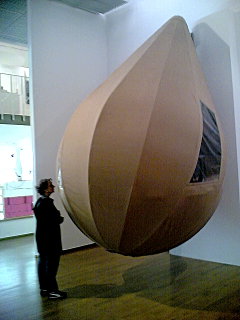 Rotterdam-based artist Dré Wapenaar came up with these tear-shaped tents that can be hung from the stems of trees.
Rotterdam-based artist Dré Wapenaar came up with these tear-shaped tents that can be hung from the stems of trees.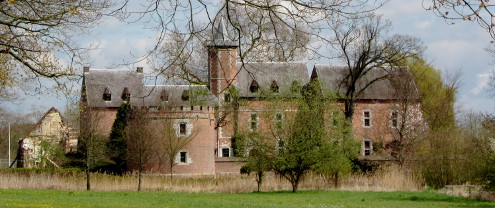
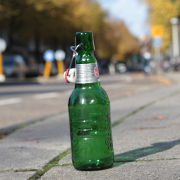 Belgian beers are widely recognised as some of the best in the world, but ironically it was Dutch beer that had a hand in creating the country of Belgium.
Belgian beers are widely recognised as some of the best in the world, but ironically it was Dutch beer that had a hand in creating the country of Belgium. 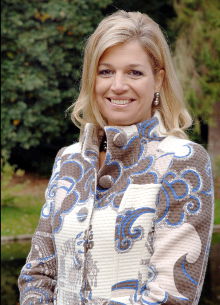 Belgian Princess Mathilde, wife of Prince Filip, was voted most professional European princess according to a poll conducted by the Belgian TV show Royalty, although her not very good Dutch constantly reminds the Flemish that she is supposed to represent all Belgians. The English Duchess Kate, wife of Prince William, was voted most glamorous, although her sister Pippa could arguably be more glamourous, but she’s not a princess — a technicality.
Belgian Princess Mathilde, wife of Prince Filip, was voted most professional European princess according to a poll conducted by the Belgian TV show Royalty, although her not very good Dutch constantly reminds the Flemish that she is supposed to represent all Belgians. The English Duchess Kate, wife of Prince William, was voted most glamorous, although her sister Pippa could arguably be more glamourous, but she’s not a princess — a technicality.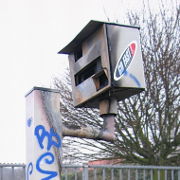 An administrative change means that Dutch drivers caught on Belgian speeding cameras can no longer be sent a ticket,
An administrative change means that Dutch drivers caught on Belgian speeding cameras can no longer be sent a ticket, 